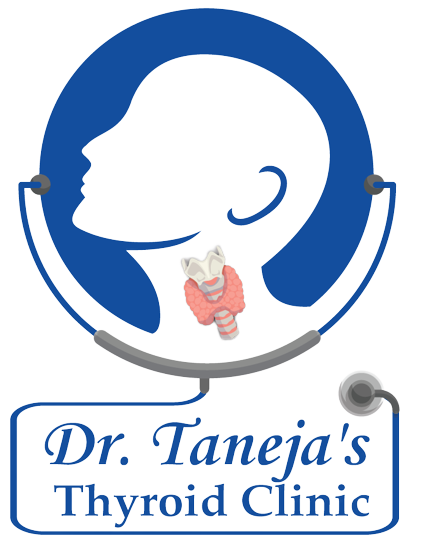Epidemiology And Risk Factors Associated With Simple Goitre
Simple goitre, characterized by the enlargement of the thyroid gland, is a prevalent thyroid disorder worldwide. While often non-life-threatening, simple goitre can cause discomfort and complications if left untreated. Understanding its epidemiology and associated risk factors is crucial for effective prevention, diagnosis, and management. In this article, we delve into the epidemiological trends, prevalence rates, and key risk factors contributing to the development of simple goitre.
Epidemiological Trends
Simple goitre is a widespread thyroid disorder with significant variations in prevalence rates across different regions and populations. Epidemiological studies have shown that the prevalence of simple goitre tends to be higher in iodine-deficient regions compared to iodine-sufficient areas. Regions with limited access to iodized salt or seafood, which are primary dietary sources of iodine, are at higher risk of simple goitre prevalence.
Additionally, certain demographic factors, such as age and gender, influence the epidemiology of simple goitre. While the disorder can affect individuals of all ages, it is more commonly observed in older adults, particularly women. This gender disparity is attributed to hormonal changes, such as pregnancy and menopause, which can affect thyroid function and contribute to the development of goitre.
Prevalence Rates
The prevalence of simple goitre varies considerably worldwide, ranging from less than 5% in iodine-replete regions to over 30% in iodine-deficient areas. Regions known as the “goitre belt,” including parts of Central Africa, Southeast Asia, and the Himalayan region, have historically reported the highest prevalence rates of simple goitre due to endemic iodine deficiency.
However, with the implementation of iodine supplementation programs and public health interventions aimed at addressing iodine deficiency, the prevalence of simple goitre has declined in many regions. Despite these efforts, simple goitre remains a significant public health concern in certain geographic areas, highlighting the ongoing need for surveillance and intervention strategies to prevent and manage the disorder effectively.
Risk Factors
Several risk factors contribute to the development of simple goitre, with iodine deficiency being the most significant determinant. Thyroxine (T4) and triiodothyronine (T3), two thyroid hormones, are synthesized with the help of iodine, an important vitamin. Inadequate iodine intake disrupts thyroid hormone production, leading to compensatory enlargement of the thyroid gland in an attempt to maintain hormone levels.
Other risk factors associated with the development of simple goitre include:
Genetic Predisposition: Family history and genetic factors play a role in predisposing individuals to thyroid disorders, including simple goitre. Certain genetic variations may influence thyroid hormone metabolism, iodine uptake, or thyroid gland development, increasing susceptibility to goitre.
Age and Gender: As mentioned earlier, simple goitre is more common in older adults, particularly women. Hormonal changes associated with puberty, pregnancy, and menopause can affect thyroid function and contribute to the development of goitre.
Environmental Factors: Environmental factors such as exposure to goitrogens, substances that interfere with thyroid hormone synthesis or iodine uptake, can increase the risk of simple goitre. Common goitrogens include certain medications, environmental pollutants, and dietary substances such as cruciferous vegetables (e.g., cabbage, and broccoli).
Socioeconomic Status: Socioeconomic factors, including poverty, limited access to healthcare, and inadequate nutrition, can influence the risk of simple goitre. Individuals living in resource-poor settings with limited access to iodine-rich foods or iodized salt are at higher risk of iodine deficiency and subsequent goitre development.
Conclusion
Simple goitre is a prevalent thyroid disorder with significant public health implications, particularly in iodine-deficient regions. Understanding its epidemiology and associated risk factors is essential for implementing effective prevention and intervention strategies. Public health initiatives aimed at addressing iodine deficiency, promoting iodized salt consumption, and raising awareness about the importance of a balanced diet are critical for reducing the burden of simple goitre worldwide. By addressing the underlying causes and risk factors contributing to goitre development, we can improve thyroid health outcomes and enhance the overall well-being of affected individuals and communities.








